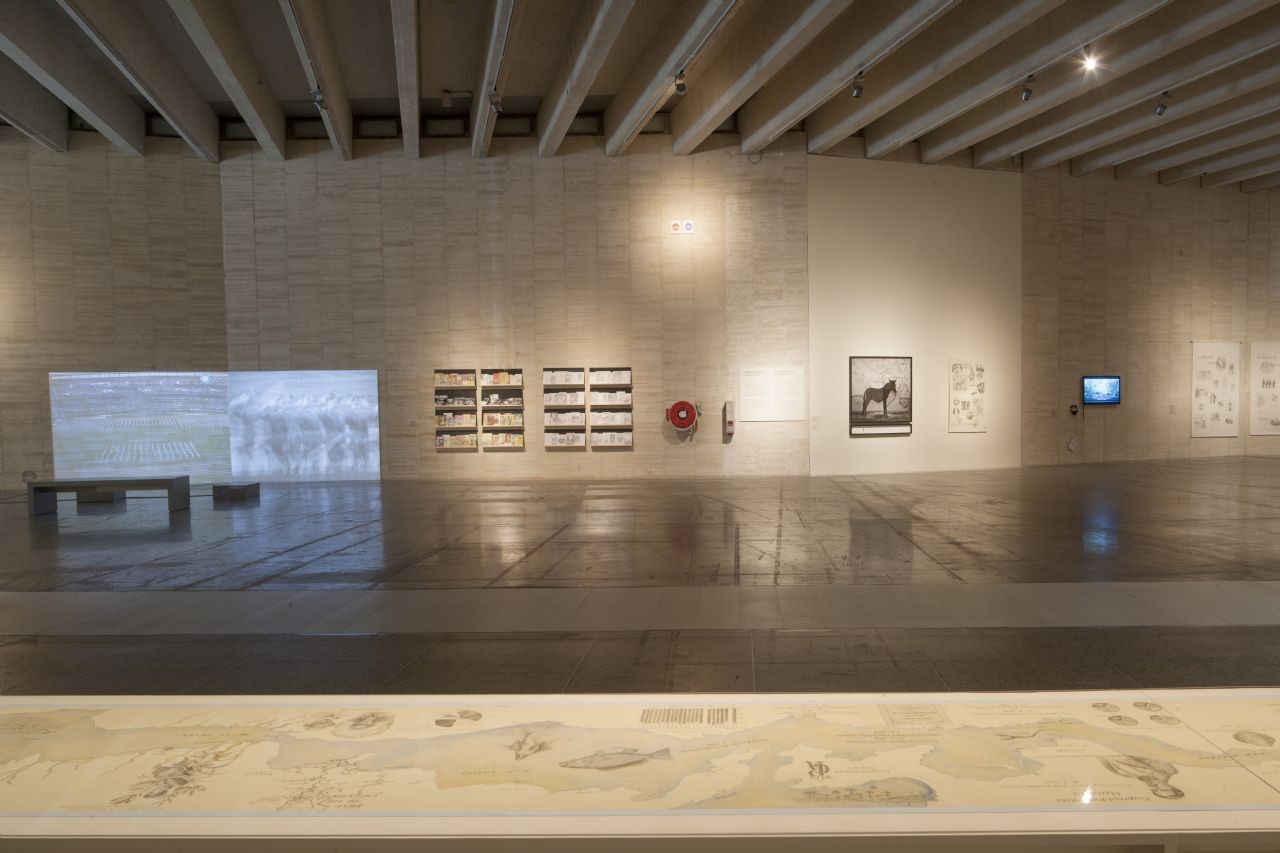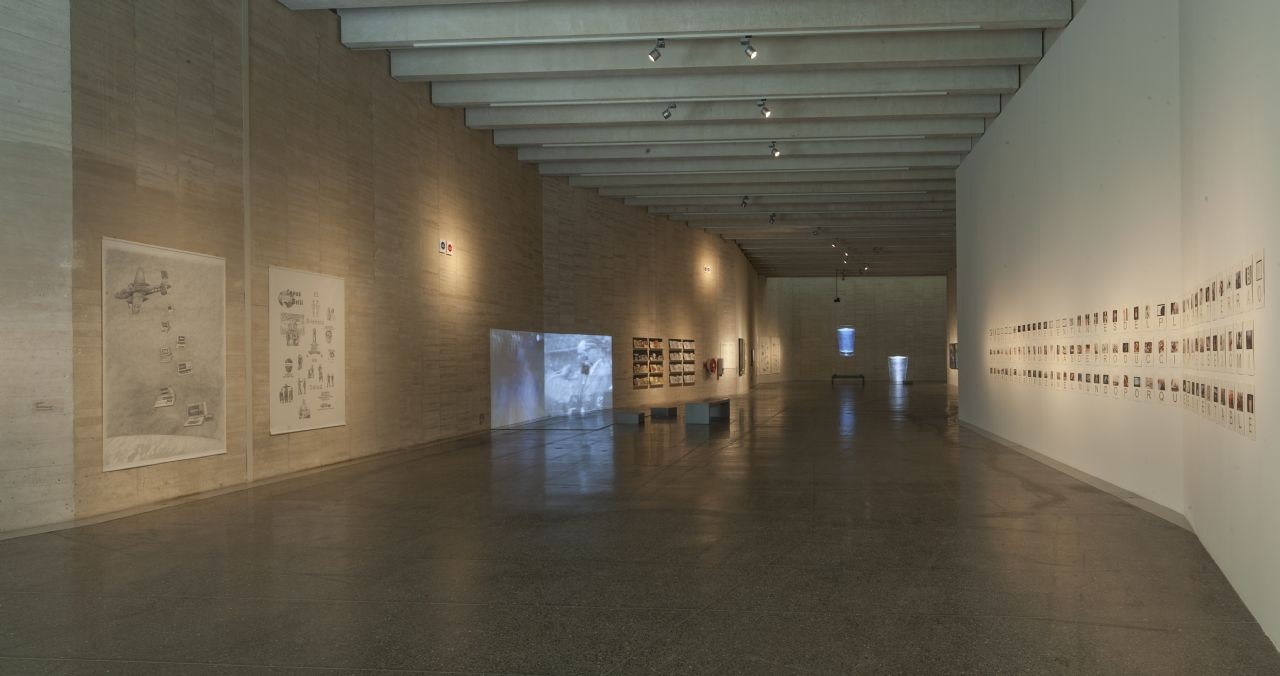Adriana Bustos
From the Observatory
17 Jun - 19 Nov 2017
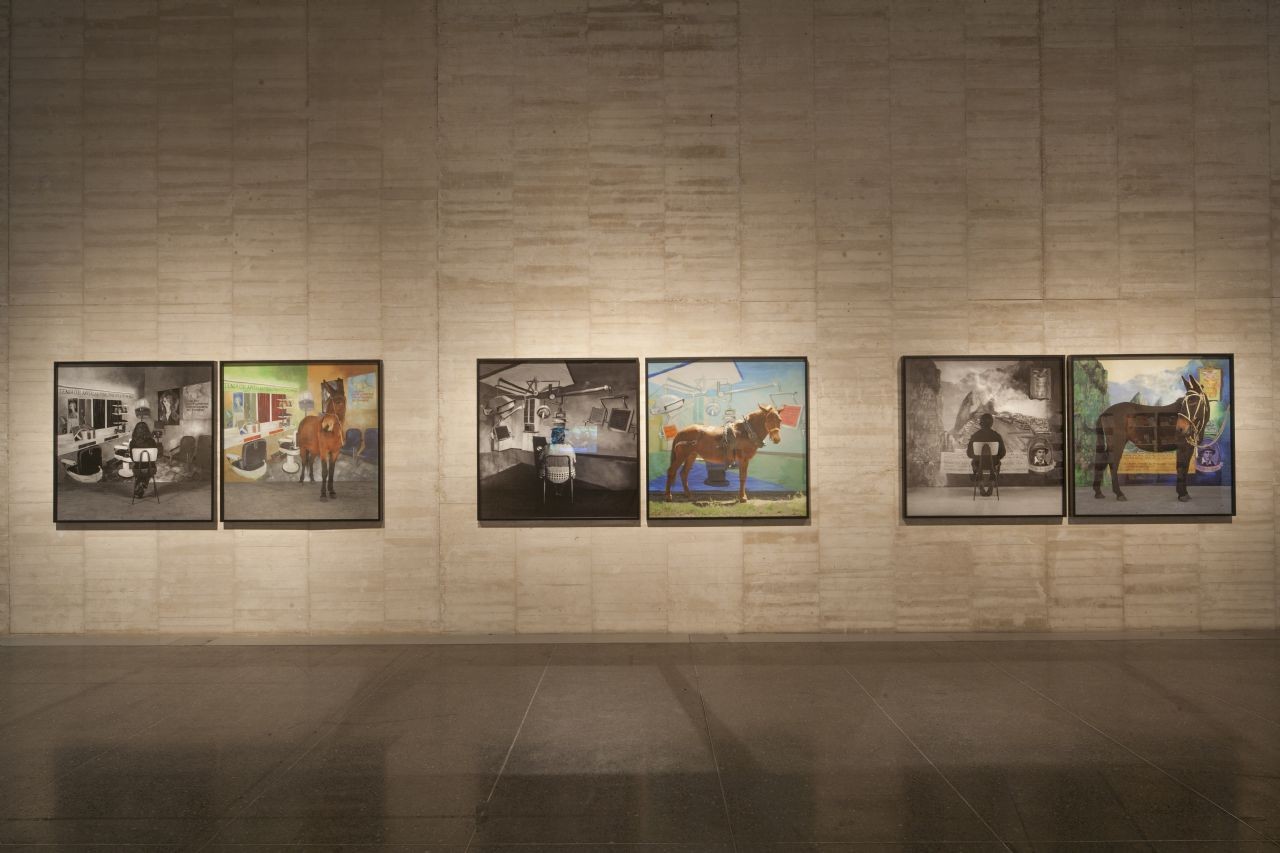
ADRIANA BUSTOS. Leonor and her Ilussion (2008); Anabella and her Illusion (2008); Fátima and her Illusion (2008).MUSAC Production. Courtesy of the artist and Ignacio Liprandi Gallery
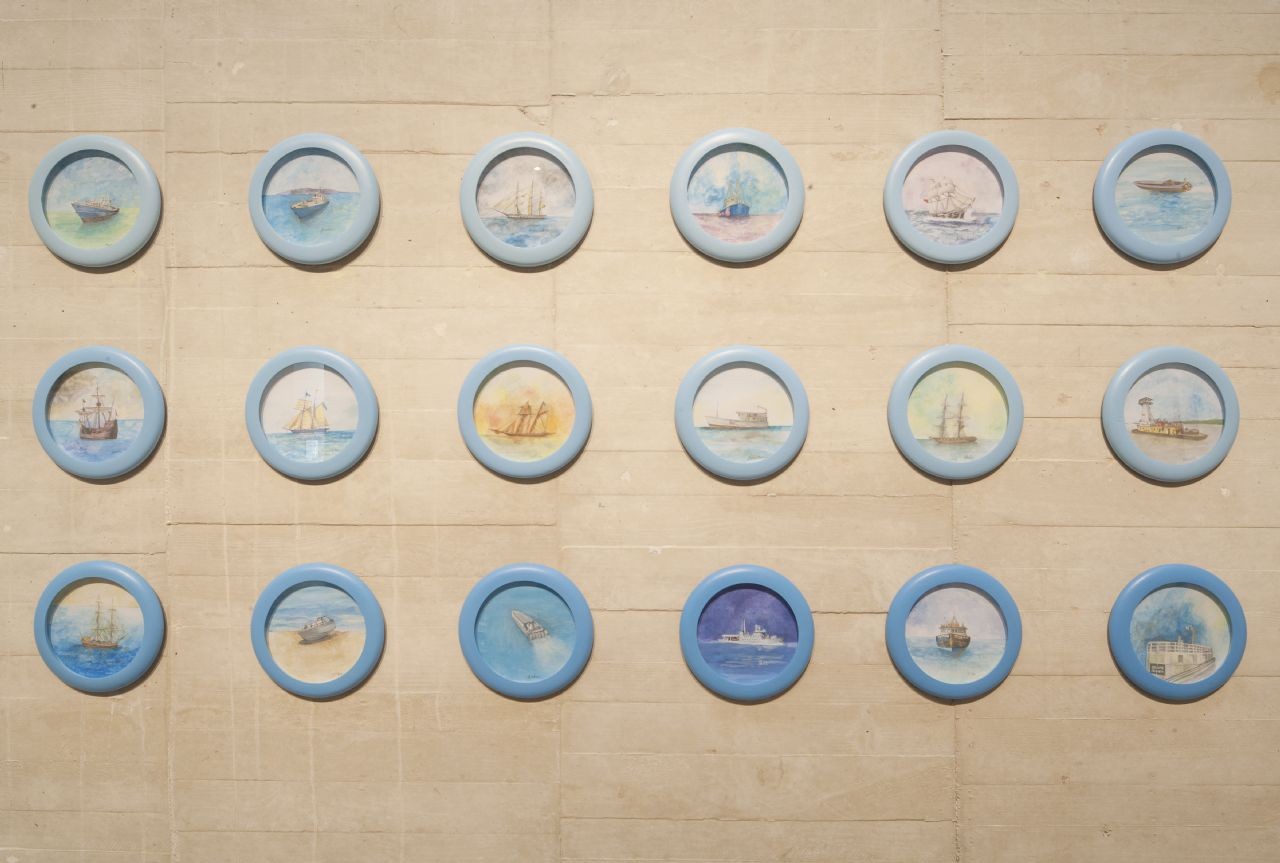
ADRIANA BUSTOS. Atlantic complex, 2017 (detail). MUSAC Production. Courtesy of the artist and Bacelos Gallery
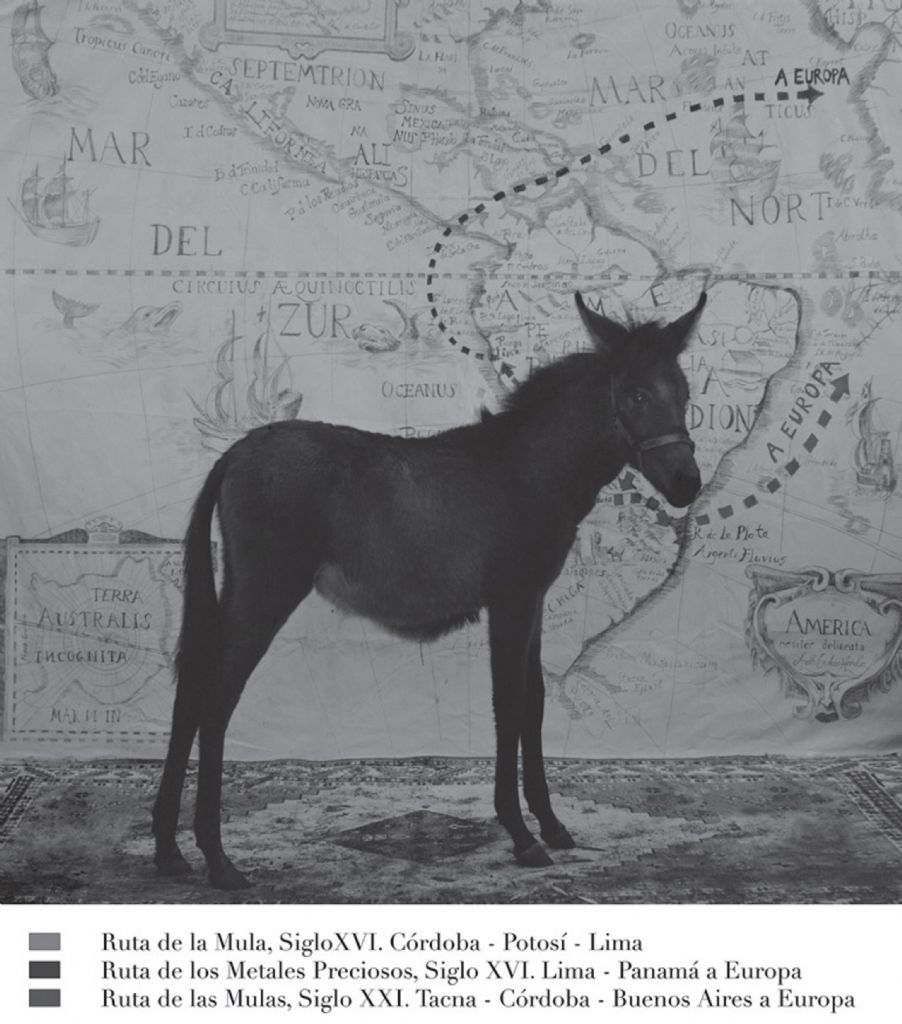
ADRIANA BUSTOS. Antropología de la mula, 2009. From the Series ANTHROPOLOGY OF THE MULE (2007-2011). Courtesy of the artist.

ADRIANA BUSTOS. Detail of Librorum Prohibitorum (2016) and Bonfire of Vanities II (2016). Courtesy of the artist and Bacelos Gallery

ADRIANA BUSTOS. Anthropology of the Mule (2009); Anthropology of the Mule (2007). Cortesía de la artista
ADRIANA BUSTOS
From the Observatory
17 June - 19 November 2017
Curatorship: Susana González
Coordination: Helena López Camacho
Prosa del observatorio (From the Observatory) is the title of an individual exhibition by Adriana Bustos (Bahía Blanca, Argentina, 1965), which is a sample of her research and interests and also a journey through three series of artworks: Antropología de la mula (Anthropology of the Mule) (2007-2011), ¿Quién dice qué a quién? (Who Says What to Whom?) (2016-2017) and a series of recent production works titled El retorno de lo reprimido (The Return of the Repressed) (2017).
Prose of the Observatory takes its title from the homonymous work by Julio Cortázar (1972) in which the Argentinian author establishes correspondences between la migration of eels through European rivers and the nocturnal observations by Maharajah Jai Singh, founder of astronomical observatories in Jaipur and Delhi in the eighteenth century. Like Cortázar, Adriana Bustos unfolds her ideas to determine hidden relational meanings between historical events set in different chronological periods. The title could well sum up Bustos's work, emphasising her role as an observer of history and her analysis of one of the senses of the term prosaic, derived from prose: 'lacking in poetic beauty or imagination'.
Anthropology of the Mule (2007-2011) draws a parallelism between colonial routes and drug-trafficking routes in Latin America. It charts a map in which the artist inserts personal stories and superimposes the itineraries followed by mules (load-bearing animals) used in the exploitation and exportation of precious metals in the mines of Potosí during the colonial age, and mules (human drug couriers) in the twentieth and twenty-first centuries. Her focus on the historical event of the hibernation and breeding of mules in Córdoba alludes to the colonial economic project based on relations of strength, power and submission. Similarly, she addresses the ways in which drugs move around the world, studying their routes and interviewing female drug mules imprisoned in Bouwer jail in Argentina.
Who Says What to Whom? (2016-2017) focuses on communication as a framework where all human activity is initiated and explores the participation of scientific thought in forms of submission, social control and cybernetics as a paradigmatic discipline in the modern development of communication sciences. The essay takes the Golden Record and the Theory of Communication, formulated after the Macy lectures held between 1943 and 1956, as its starting point. The work develops an epistemology concerning the methods, principles and notions relative to systems of control and circulation of information, censorship and the history of political propaganda.
The Return of the Repressed (2017) studies aspects linked to the slave traffic that took place across the Atlantic Ocean from the sixteenth century to the late nineteenth century, which entailed the greatest forced migratory movement in history, whose effects would be felt both quantitatively and qualitatively in three continents. This was a key factor in the growth and development of capitalism in Europe, based on slave plantations as the economic model in most of the American continent. The artist exposes considerations relative to exploitation, censorship, subjection, prohibition and the extermination of the black race, and thus adopts a critical stance before the suppression of heterogeneity, submission, manipulation or repression, through which she questions other concerns such as class domination or racism. Rememoration, as a reading of the image, and deconstruction, as a need of memory of history, structure her creative corpus.
From the Observatory
17 June - 19 November 2017
Curatorship: Susana González
Coordination: Helena López Camacho
Prosa del observatorio (From the Observatory) is the title of an individual exhibition by Adriana Bustos (Bahía Blanca, Argentina, 1965), which is a sample of her research and interests and also a journey through three series of artworks: Antropología de la mula (Anthropology of the Mule) (2007-2011), ¿Quién dice qué a quién? (Who Says What to Whom?) (2016-2017) and a series of recent production works titled El retorno de lo reprimido (The Return of the Repressed) (2017).
Prose of the Observatory takes its title from the homonymous work by Julio Cortázar (1972) in which the Argentinian author establishes correspondences between la migration of eels through European rivers and the nocturnal observations by Maharajah Jai Singh, founder of astronomical observatories in Jaipur and Delhi in the eighteenth century. Like Cortázar, Adriana Bustos unfolds her ideas to determine hidden relational meanings between historical events set in different chronological periods. The title could well sum up Bustos's work, emphasising her role as an observer of history and her analysis of one of the senses of the term prosaic, derived from prose: 'lacking in poetic beauty or imagination'.
Anthropology of the Mule (2007-2011) draws a parallelism between colonial routes and drug-trafficking routes in Latin America. It charts a map in which the artist inserts personal stories and superimposes the itineraries followed by mules (load-bearing animals) used in the exploitation and exportation of precious metals in the mines of Potosí during the colonial age, and mules (human drug couriers) in the twentieth and twenty-first centuries. Her focus on the historical event of the hibernation and breeding of mules in Córdoba alludes to the colonial economic project based on relations of strength, power and submission. Similarly, she addresses the ways in which drugs move around the world, studying their routes and interviewing female drug mules imprisoned in Bouwer jail in Argentina.
Who Says What to Whom? (2016-2017) focuses on communication as a framework where all human activity is initiated and explores the participation of scientific thought in forms of submission, social control and cybernetics as a paradigmatic discipline in the modern development of communication sciences. The essay takes the Golden Record and the Theory of Communication, formulated after the Macy lectures held between 1943 and 1956, as its starting point. The work develops an epistemology concerning the methods, principles and notions relative to systems of control and circulation of information, censorship and the history of political propaganda.
The Return of the Repressed (2017) studies aspects linked to the slave traffic that took place across the Atlantic Ocean from the sixteenth century to the late nineteenth century, which entailed the greatest forced migratory movement in history, whose effects would be felt both quantitatively and qualitatively in three continents. This was a key factor in the growth and development of capitalism in Europe, based on slave plantations as the economic model in most of the American continent. The artist exposes considerations relative to exploitation, censorship, subjection, prohibition and the extermination of the black race, and thus adopts a critical stance before the suppression of heterogeneity, submission, manipulation or repression, through which she questions other concerns such as class domination or racism. Rememoration, as a reading of the image, and deconstruction, as a need of memory of history, structure her creative corpus.

